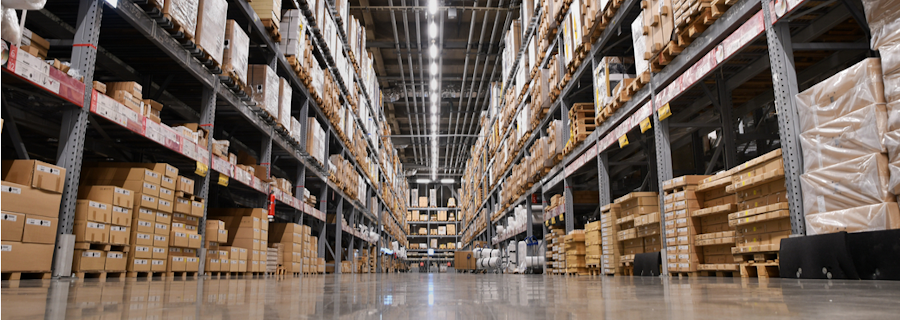News
3 Top Tips On How to Avoid $1m Worth Of Damages

When it comes to material handling, breakages can cost serious money. Back in 2010, one simple accident caused an estimated $1million of damage. Four hundred and sixty two cases of the 2010 Mollydooker Velvet Glove shiraz fell more than 6m to the ground as it was being loaded for export. The 6m drop was so forceful, the bottles punched through the top of the cartons. The result was the loss of one third of a winemaker's annual production, resulting in $1million of damage.
Top Tips For Avoiding Product Damage
Only move stock when you absolutely have to. The best way to avoid damage to products is to not move them unless you absolutely have to.
Make sure you're using the right tools for the job. If the task needs a forklift truck, use one. If it needs a specific attachment, use that. It's never worth cutting corners when picking your tools. Whether your warehouse needs a narrow aisle forklift or a reach truck, choose a lift truck that suits your specific needs. There are so many varieties on the market, so finding the perfect fit for your operations is easy.
For delicate loads, such as bottles of wine, there are some protection options in the form of forklift attachments. Load protector attachments can provide a cushioned barrier between the load and the back of the forks. This absorbs the impact when the forklift connects with the load, protecting the load from sudden impact. Then, as the pallet is picked up, the protector prevents the load from hitting the truck’s forks or the fork carriage with sufficient force to cause damage to the load.
Make sure your forklift operators are fully qualified and trained up on any machinery they have to use in your warehouse. Have a policy in place that ensures that your drivers are only working to their abilities, as driver error is one of the most common factors in forklift truck accidents.
Driverless forklifts, the newest technology in material handling, can also help prevent product damage. By removing the human error factor, Automated Guided Vehicles (AGVs) have the potential to keep stock moving and free from damage. Fatigue and loss of concentration from operators often result in mistakes, especially during busy periods. AGVs never lose concentration, allowing for more reliable and consistent stock movement. The downside is that AGVs are inflexible and unable to quickly react to sudden changes in demand or environment. They might hit an unexpected obstacle that an operator in a manned forklift could avoid.
3 Top Tipping Avoidance Tips
- Do not load the forks beyond the max capacity of the truck. Oddly shaped loads that are tall or wide must be moved carefully and slowly.
- Reduce speed before turning in a forklift truck. Maintain this slow speed throughout the turn, and the steering wheel should be rotated slowly.
- Lower the forks and tilt them back to keep the load stable. Keep loads low, as the truck can tip if heavy loads are angled too steeply.
Damaging materials cost more than the sum of the value of what's broken. The cleanup costs time and productivity, while the cost to your reputation could have far-reaching consequences for years to come. Keep your stock safe by operating to best practices with the right forklift trucks for the job.
Subscribe
Keep up to date with PHL and all things forklift machinery.